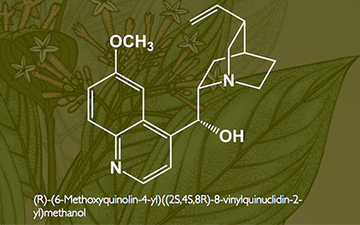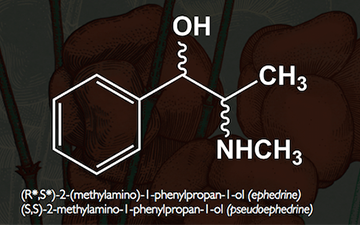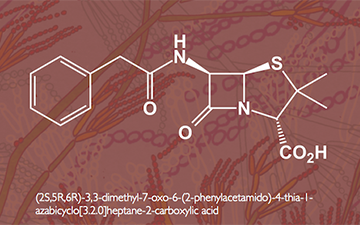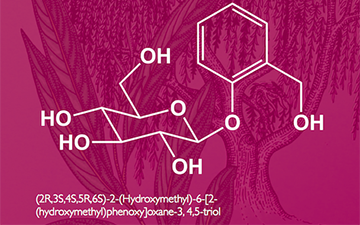chemistry

QUININE (MW: 324.4)
.
C20H24N2O2
SOURCE: Cinchona trees.
USE: antipyretic, antimalarial.
PLAY: Place under source card for + 5 points.

(PSEUDO*)EPHEDRINE (MW: 165.23)
.
C10H15NO
SOURCE: Ma Huang. *Pseudoephedrine is a diastereomer of ephedrine
USE: stimulant, bronchodilator, appetite suppressant.
PLAY: Place under source card for + 5 points.

PENICILLIN G (MW: 334.4)
.
C16H18N2O4S
SOURCE: Penicillium species
USE: antibiotic (also known as benzylpenicillin).
PLAY: Place under source card for + 5 points.

MORPHINE/CODEINE
.
C17H19/21NO3
MW: 285.34 / 299.364 g/mol
SOURCE: Opium poppy.
USE: analgesic, precursor to heroin/methadone.
PLAY: Place under source card for + 5 points.

NICOTINE (MW: 162.23)
.
C10H14O2
SOURCE: Tobacco plant.
USE: nicotinic acetylcholine agonist, stimulant.
PLAY: Place under source card for + 5 points.

SALICIN (MW: 286.28)
.
C13H18O7
SOURCE: White Willow
USE: precursor to Aspirin. antipyretic, analgesic, anti-inflammatory.
PLAY: Place under source card for + 5 points.